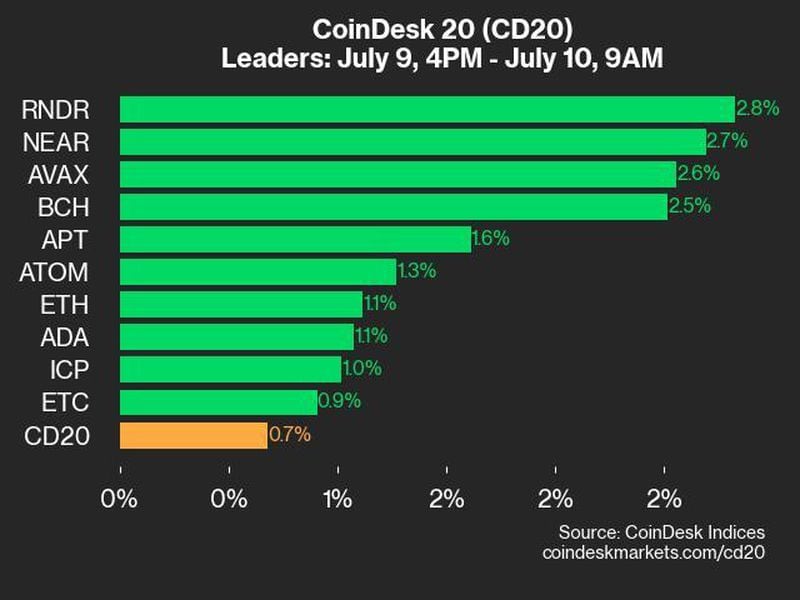Institutional Crypto Platform Talos Emerges From Stealth Mode
Institutional Crypto Platform Talos Emerges From Stealth Mode
In the latest effort to smooth a path for buttoned-up investors, Talos, an institutional-grade conduit to the crypto ecosystem, is emerging from stealth mode to serve brokers, custodians, exchanges and over-the-counter (OTC) trading desks.
The platform started out in 2018 and is backed by an impressive list of investors including Autonomous Partners, Castle Island Ventures, Coinbase Ventures and Initialized Capital.
Over the past year or so, Talos has been quietly onboarding a core group of capital market participants, so that the platform can make its debut in a revenue-generating state, said Anton Katz, the firm’s co-founder and CEO.
“It’s not that we were really hiding, but it’s just that we come from a capital markets background and would tend to shy away from talking about things before they are ready; when you’re selling to institutions that can be frowned upon,” Katz said in an interview. “Now I think we have reached a good point, working with a good set of customers and the platform is in a more mature state.”
Talos provides tools to support clients through the full trading lifecycle, from price discovery through to clearing and settlement, the company said.
“One of the biggest keys to widespread institutional adoption of digital assets is a technology infrastructure that unites all market participants and gives them the confidence to operate at scale,” Arianna Simpson, founder of Autonomous Partners, said in a statement. “That is exactly what Talos has built, and we are excited to help them realize their ambitious launch and growth plans.”
Institutional herd
The last couple of years have seen much talk about an institutional herd moving imminently into crypto; how has this landscape changed in that time and have these expectations been met?
“I think it’s important to keep in mind that the institutional sector does not have an on/off switch,” said Katz. “It’s not like they’re either in or out. There are really a couple of different groups of institutions, some of them are a little bit more risk-averse, some of them less, and what we are seeing right now are less risk-averse players becoming the early adopters.”
The design requirements for crypto platforms are quite different from regular capital markets, Katz explained. On the pre-trade side of things, when compared to capital markets, the data being collected for crypto is a lot less reliable and has to be collected in multiple places and cleaned properly.
In terms of trading there are things like a treasury management aspect, so moving capital between different exchanges, which again is something that doesn’t really exist in capital markets. While on the post-trade side, capital markets are much more secure and standardized.
“I would say you don’t have to be as defensive when you’re building your platforms in capital markets as you do in crypto,” said Katz. “The precision that you need with every single trade, it calls for completely different system design.”









